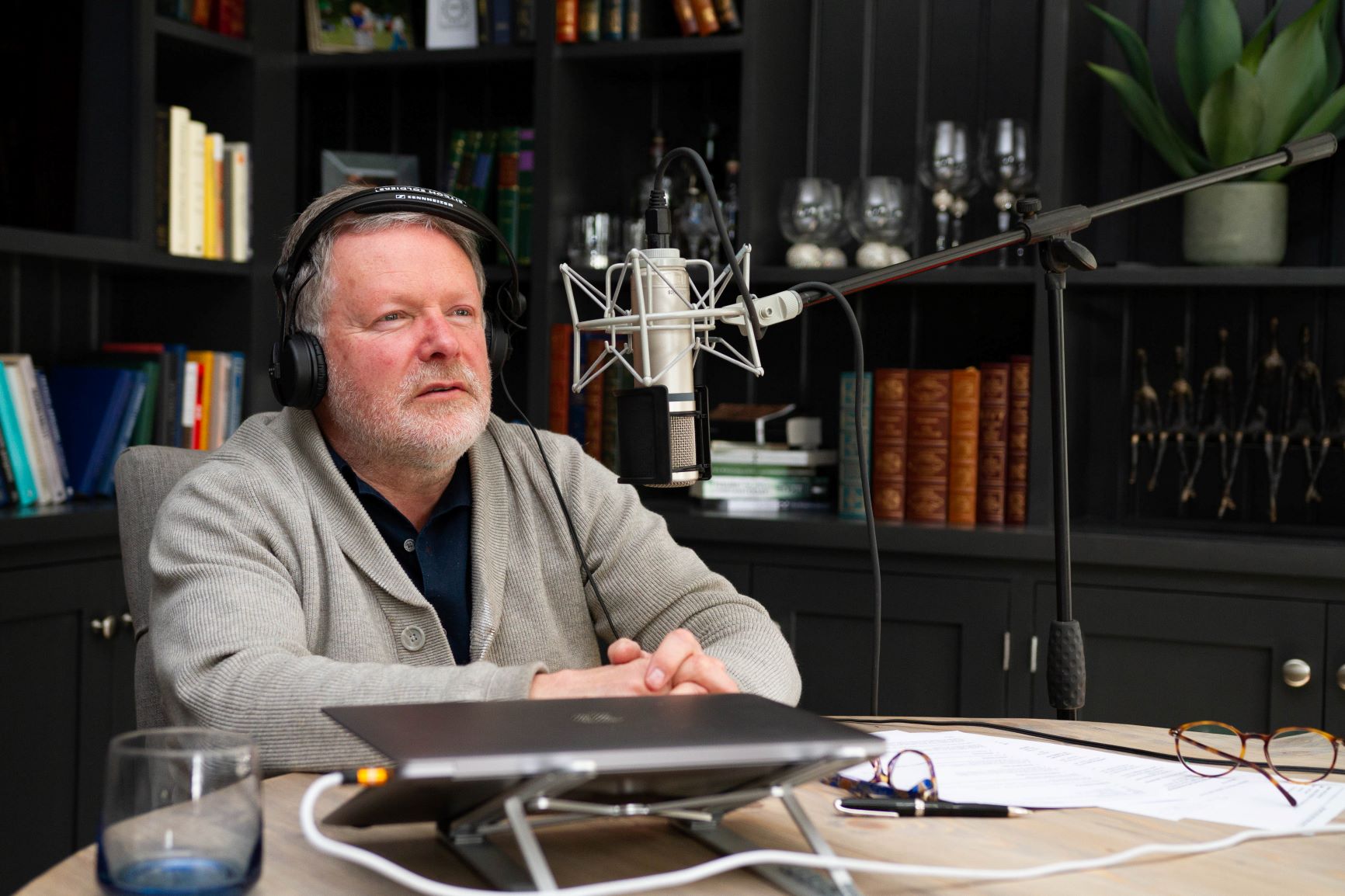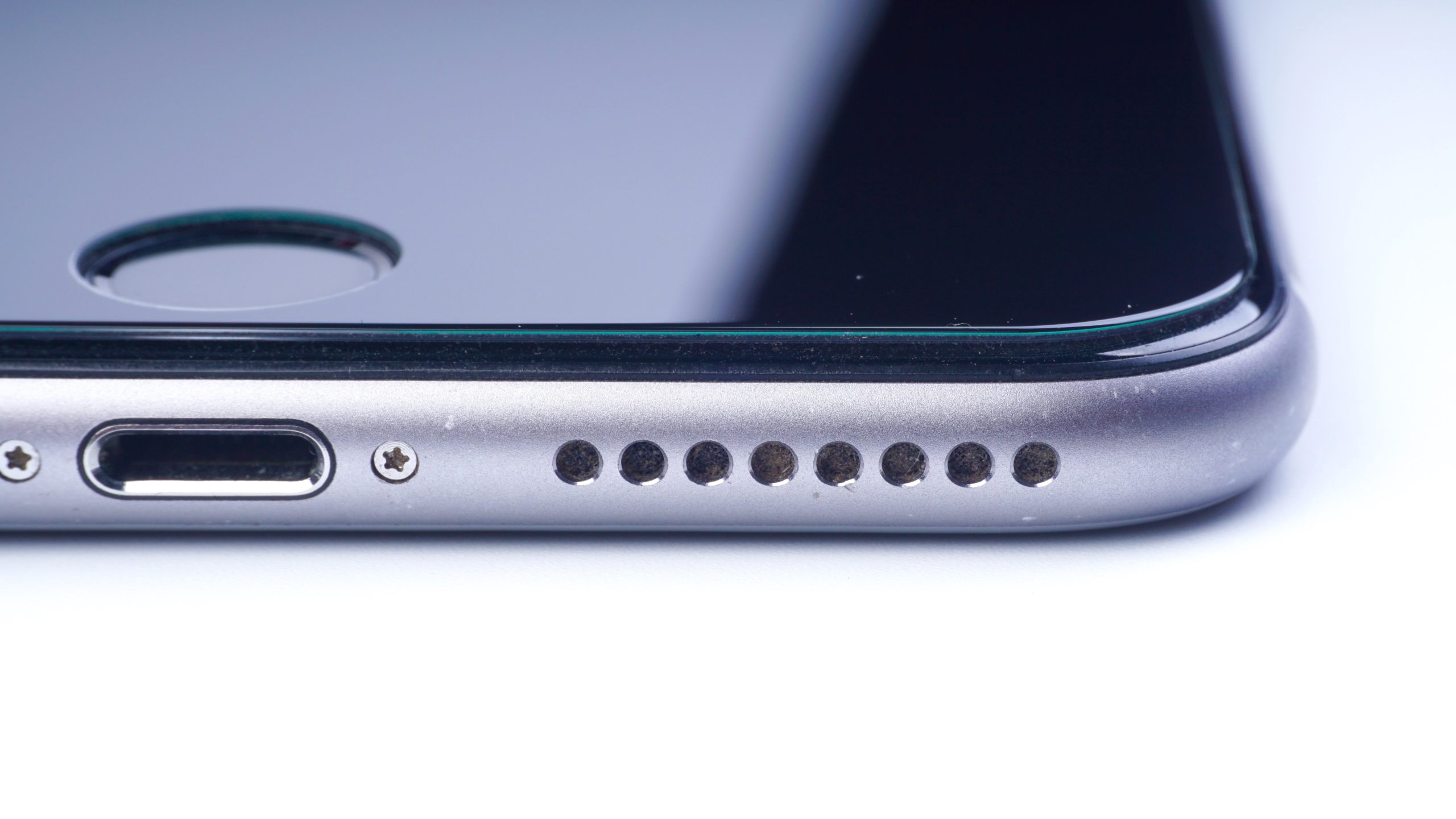- People
- Expertise
Our expertise
We are a team of more than 500 professionals, with the depth of experience which makes us genuine experts in our fields. Together, gunnercooke’s people have strength across just about every corporate discipline and sector. We provide legal, commercial and strategic advice that delivers real value to the clients we work with, which span from multinational enterprises through to unicorns and non-for-profit organisations. Our breadth of expertise covers some of the most interesting and important emerging disciplines, from ESG and charity law, to blockchain and competition.
Search by practice areaDispute ResolutionDispute Resolution OverviewMeet the Dispute Resolution TeamIntellectual Property DisputesFinancial Services & FinTech OverviewProceeds of CrimeEmployment TribunalTax InvestigationProperty Dispute ResolutionInsolvency DisputesMediationCivil Fraud & Asset TracingHealth & SafetyBusiness Crime & InvestigationsLitigation & ArbitrationInternational Arbitration - International
International Offices
The gunnercooke group has 15 main global offices across England, Scotland, the US, Germany and Austria, with further plans for growth in the coming years. These offices enhance the existing in-house capability of our dedicated international teams and dual-qualified experts that cover Spain, France, Italy, Portugal, Brazil, China, India, Poland and Hungary. Our team have clients across 123 jurisdictions, speak 46 languages and are dual-qualified in 21 jurisdictions. Our expertise means we can offer large teams to carry out complex cross-border matters for major international clients.
- Our story
Our story
gunnercooke is the fastest growing corporate law firm in the UK, now making its mark globally. We comprise a rapidly growing number of experts spanning legal and other disciplines. Clients benefit from flexible options on fees to suit their needs, access to a wider network of senior experts throughout the relationship, and legal advice which is complemented by an understanding of the commercial aspects of running a business.
- Reading Room
- News & Insights

The following is an extract from gunnercooke Co-Founder, Darryl Cooke’s book ‘To Innovate Or Not To Innovate’.
We live in a fast-changing and innovative world where it has been said that two-thirds of the companies that will make up the S&P stock market index in a decades time have yet to be created. We live in a time where Uber has changed the transport industry, Amazon has turned first the book and then the retail industry upside down, Airbnb has transformed how we holiday and Google, well Google helps us to find new ways to understand the world we live in.
But why didn’t Waterstones or Barnes and Noble launch Google, or Thomas Cook launch Airbnb? They had the knowledge and the capacity and the revenues. But when you have a successful model with strong revenues and profits you are less likely to seek to change your model. Real change often comes about when there is a real need. Kotter refers to it as ‘ the burning platform’. A time when failing to change would lead to extinction. In essence when there is no alternative.
This is not a book just about innovation. It is a book about growth. Every leader is seeking new growth. Once the core business of a company has matured finding that growth can become elusive. How do fast-growing companies such as Amazon, Netflix or Airbnb maintain that growth? How can new growth be generated in a mature industry? Why do leaders in these businesses fail? Do they become risk averse? To encourage real growth requires real change.
Innovation is a process like everything else. Rarely does an idea for a new growth business emanate from the head of an employee and if it does it must be valued, encouraged, shaped and modified until it becomes real. It has a business plan and an accompanying action plan. Along the way, it will face antagonists and lots of negative forces eloquently arguing against it. In such an environment all innovation will be strangled at birth and it is unlikely that further ideas will appear. Why would they?
To overcome such negativity and to generate new ideas on a regular basis, a culture of innovation must be created. An infrastructure that supports innovation and lauds innovators as the real heroes in a business must be established. Negative naysayers must be marginalised. Failure must become acceptable.
Creativity in a corporate environment does not just depend on an individual as was the case with Jobs and Wozniak when they assembled the first Apple1 computer in Jobs’s garage. It depends just as much on the infrastructure and environment. Not just physically but how well suited is the environment to the diffusion of ideas. Jobs and Wozniak had the freedom to go in any direction they wanted. They had a passion and an attitude to change the world. They were not hampered by the politics, the bureaucracy or the resistance to change that is often found in a large organisation. At the outset, they answered to themselves and to no one else.
If it ain’t broke, don’t fix it must be the worst management maxim ever. Change, growth, culture and success all thrive on innovation.






